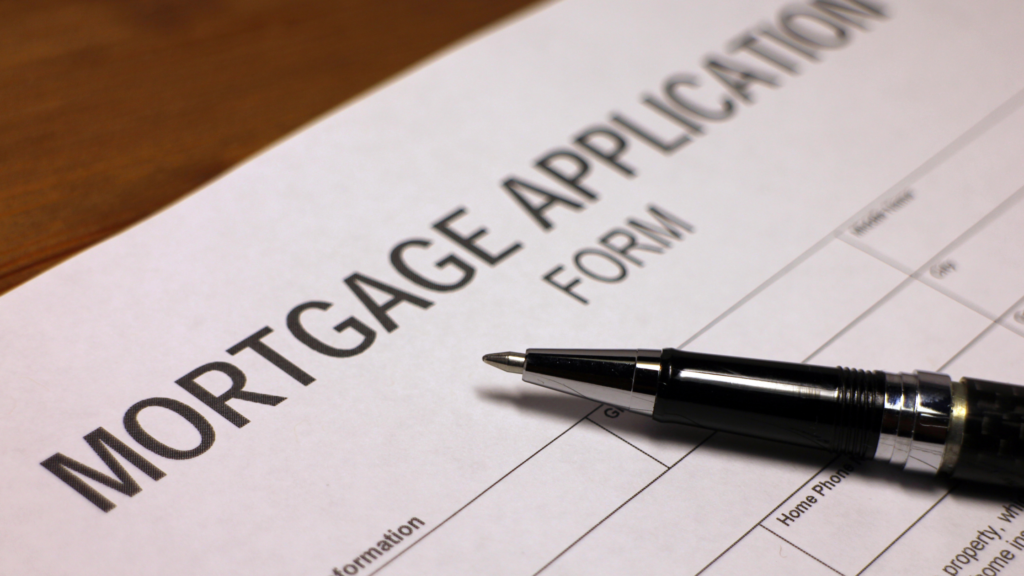Understanding Loan Pre-Approval
When it comes to buying a home, preparedness is everything. While there’s so many things to consider, one of the best ways you can prepare yourself as you begin your search is to get loan pre-approval.
Not only does having a letter of pre-approval from a lender allow you to be more competitive, which is especially important in today’s seller’s market, but it also allows you to have a better idea of your budget.
There’s a lot that goes into loan pre-approval. We’ll break it all down for you in this article.
What is Loan Pre-Approval?
First things first.
Now, you probably have a general idea of what loan pre-approval is, but let’s go ahead and cover our bases.
Loan pre-approval is the process where mortgage lenders determine how much you can borrow to buy a home, what types of loan programs you qualify for, and what your interest rate might be.
Loan Pre-Approval vs. Pre-Qualification
Although many tend to use the two terms interchangeably, loan pre-approval and loan pre-qualification are two different things.
While loan pre-approval and loan pre-qualification both deal with all of the aspects above mentioned, lenders don’t actually pull your credit report with a loan pre-qualification, so they tend to not be as accurate because they only deal with estimates.
However, with loan pre-approval, you have to provide much more extensive financial information and lenders will also pull your full credit report.
So although a loan pre-qualification is good to have, it doesn’t give you the full picture and isn’t as powerful when it comes to application on a given home.
Loan Pre-Approval vs. Approval
A loan pre-approval is important when shopping for a potential home. However, to obtain final approval, you’ll actually need to find the home you want to buy.
When determining final approval, lenders need to make sure all the property details check out.
The property details include:
- The appraisal value
- The title
- The home’s condition
What Do Lenders Look at?
When determining pre-approval, lenders will look at a number of factors to make their decision.
These factors include:
- Debt-to-income (DTI) ratio
- Loan-to-value (LTV) ratio
- Credit history
- FICO score
- Income
- Employment history
How to Get Started With Loan Pre-Approval
Understanding what loan pre-approval is and knowing how to get started are two different things entirely. Again, we’re here to break it all down for you.
Know When to Apply
As previously mentioned, not only will receiving a letter of pre-approval help you to understand your budget, it also gives you a competitive edge as a buyer; it lets sellers know you’re a serious buyer. As such, you should start your pre-approval process before you actually start looking for homes.
Collect Your Documents
During the pre-approval process, lenders will need various documents from you to get a good idea of where you stand as a potential loanee. Ensuring you have all your documents together will help ensure a smooth process.
Here is a list of the documents you’ll need:
- Bank statements
- Pay stubs
- W-2 tax returns
- Income tax returns
- Asset account statements (401k, stocks, bonds, mutual funds, etc.)
- Driver’s license or U.S. passport
Also, prepare for a hard credit pull. If your credit score isn’t where you want or need it to be, make sure you do everything you can to raise your score before you apply as this will obviously affect the rate at which you’re allowed to borrow.
Shop Around With Different Lenders
Different lenders have different rates. It’s a good practice to shop around first before committing – just like you would if you were getting your car fixed!
Obtain Your Letter of Pre-Approval
Once you’ve chosen a lender, gone through the pre-approval process, and received approval, you’ll usually receive an actual letter of pre-approval which you’ll show to real estate agents and sellers.
Receiving this tiny letter has a huge impact. Again, allowing you to set yourself apart in such a competitive seller’s market.
How Long Does Loan Pre-Approval Last?
Though it varies from lender to lender, pre-approval usually lasts anywhere from 60-90 days. If you haven’t found a home within this time, you can request a renewal on your pre-approval from your chosen lender. You’ll just need to provide up-to-date financial and credit information.
From Pre-Approval to Final Approval
Once you’ve found the home you wish to purchase, your lender will take into consideration the appraisal value of the home, any issues with the title, and the home’s condition before issuing a final approval.
Key Takeaways
Well, that was a lot of info!
Let’s sum it up into a few key takeaways:
- Loan pre-approval is the process where mortgage lenders determine your status a potential borrower
- Loan pre-qualification, loan pre-approval, and final loan approval are all different but similar processes; it’s important to know the difference
- Lenders look at a number of different financial factors when determining loan pre-approval
- Start with your pre-approval process before you begin your home search
- Pre-approval only lasts 60-90 days. After this time, you’ll need to renew your pre-approval with the lender
- Lenders will issue final loan approval after assessing the status of the home in question
Need Any Help?
If you’re shopping from homes in the DMV Metro area, we have a number of experienced, dedicated agents ready to guide you every step of the way!
Reach out to us; we’d be more than happy to help!




